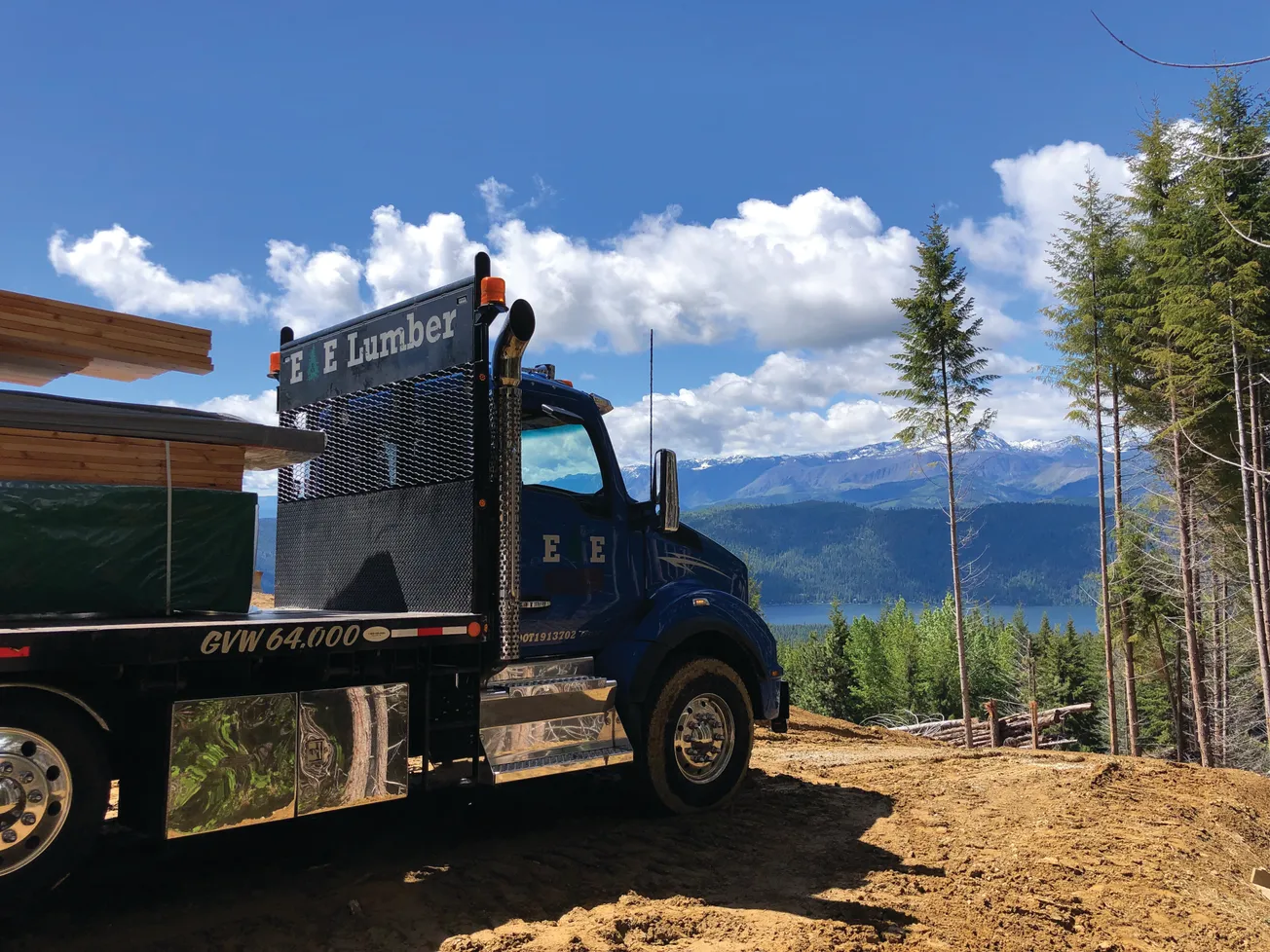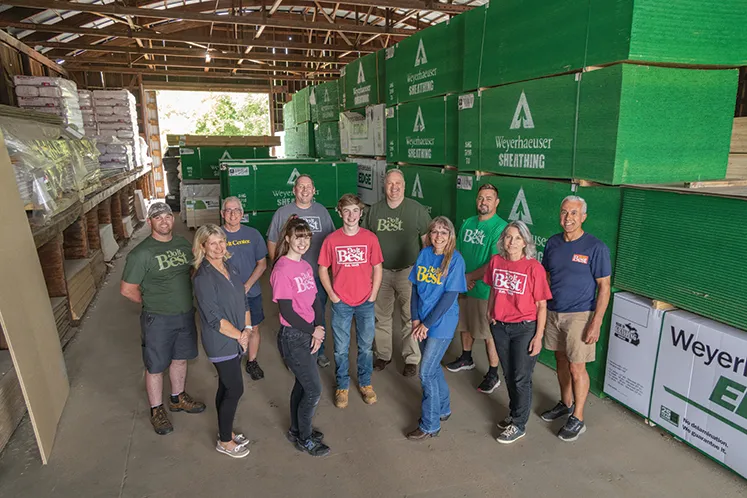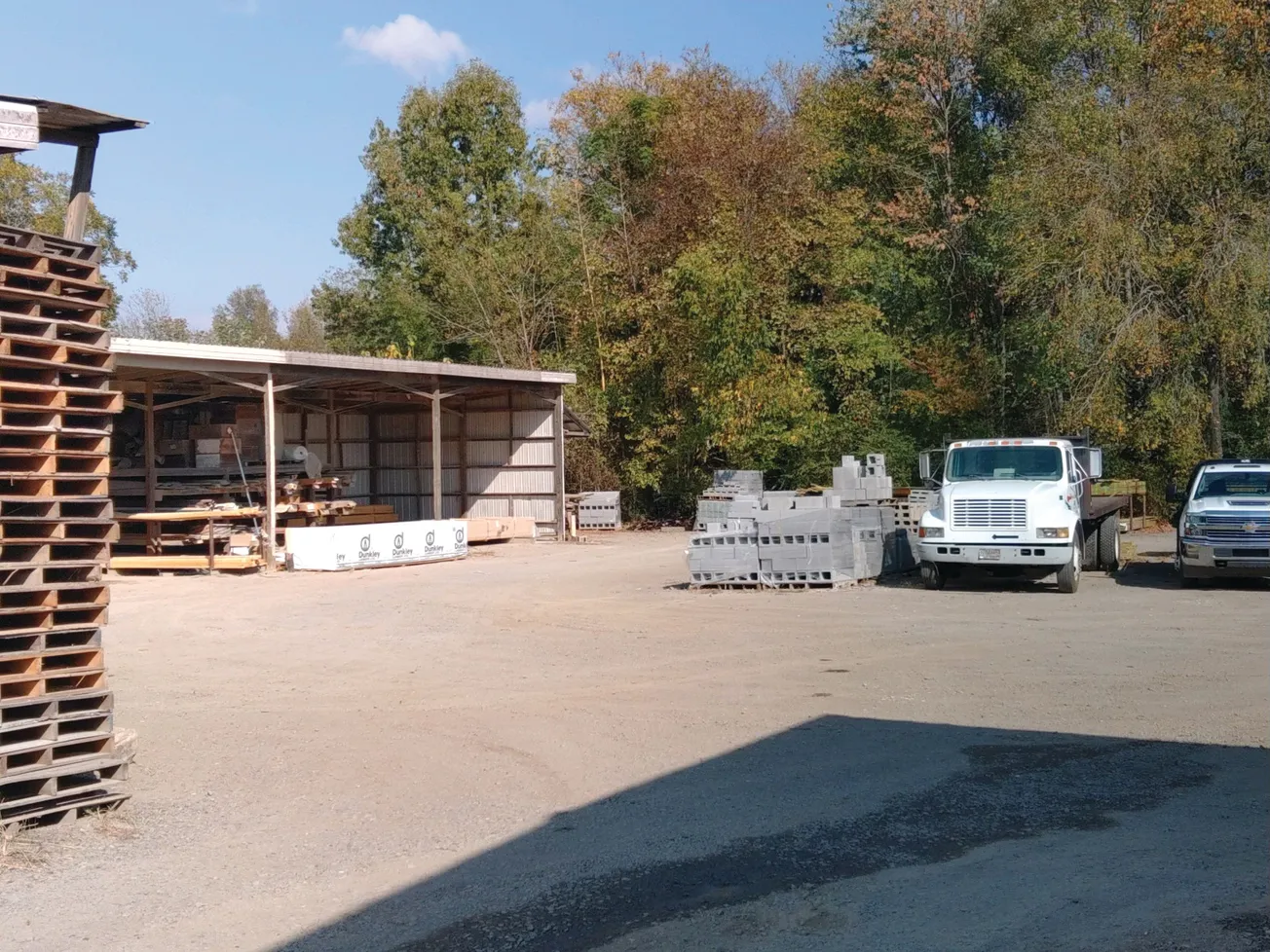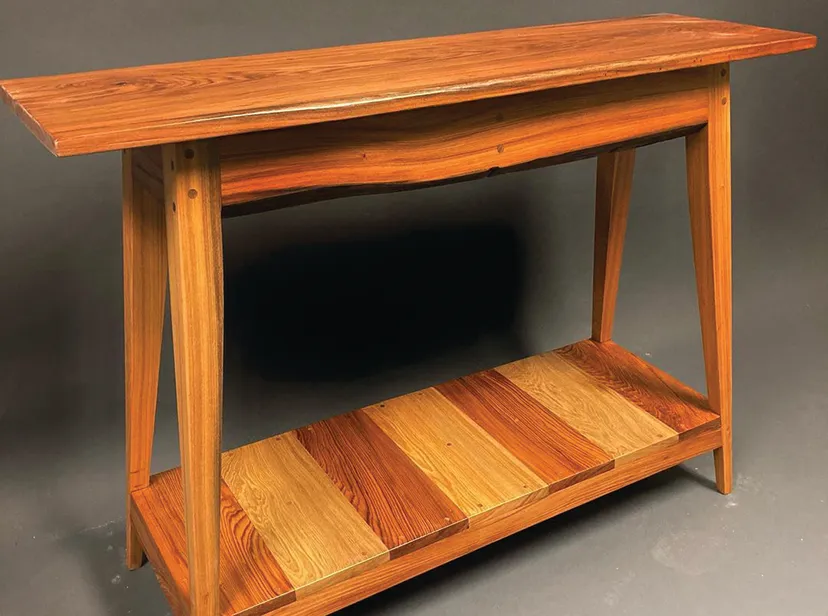Table of Contents
Six generations ago, young German immigrant Andrew Krempp made his way to Jasper, In., and launched a long history of family ownership in the building materials trade, with successful side enterprises in manufacturing cabinets (still made today in Jasper under the MasterBrand logo) and industrial/commercial projects, a division spun off in 2010 as Krempp Construction, Inc.).
All well and (very) good. But during that manufacturing and construction heyday, the retail lumber company got little attention and faded into the Cinderella of the family operations. When its longtime manager retired in 2015, the event caught the eye of the mother-in-law of young Brady Albright. Not totally concerned with the company’s future, I’d hazard a guess, she convinced Brady to apply for the position in this speck of a community (pop. 14,000) in the southwestern corner of the state, a far remove from cities like Indianapolis, Cincinnati, and elsewhere the young pair had resided.
Brady, who knew exactly zip about the industry, applied. So did half a dozen other experienced building-material store managers. Brady got the job.
He wasn’t walking into a sleepy, little settlement, however. Jasper boasts a lofty per-capita income level, with lots of costly custom mansions on its contractors’ calendars. The Krempp family (three gentlemen and their three sons actively involved) went with the fellow who could deliver change.
That fellow, Brady, boasted a background as sales manager for Kraft Foods. “I’d called on groceries for 12 years,” he says. “I found products that were outdated in dirty, dusty stores.” The Krempp store, likewise, needed a thorough housecleaning. “It was a good store. In September 2015, when I came on board, it was doing $6.5 million. Sales were good, but the interior was in bad condition, with almost nothing in hardware: Where there had been 10, 15 items, there are now 30, 40. And the pros just go in and pull them off the shelves without staff assistance—free money!
“I’d inherited good employees, but outdated inventory—even ghost inventory—and had to write off $50,000 of it. I cleared it up, got rid of dead products, and added all-new fixtures. I brought in new products based on customer requests (‘You want Coca Cola? Okay, I’ll add Coke.’). I created a great array of products for pros to make this a one-stop shopping experience.”
Brady inherited 15 employees, of which eight still remain. “I replaced six and created the greatest group of 15 around!” declares its cheerleader. “I added a former builder for inside sales and a sales gal hired from a yard that had gone out of business. My philosophy, coming out of the big Kraft Corporation, is: Take care of your employees.
“There wasn’t even a mission statement in place. Now, it’s: Faith, Family, Community, Customers, Co-workers. We put family first here; I don’t turn down requests for time off, say, to pick up your kid. We’re open Saturdays, but the previous manager never worked on weekends. I do. And I gave everybody a partner, so, in rotation, half the staff could now have Saturdays off.”
“As a Kraft sales manager, I’d done a lot of recruiting and hiring. Here, this was a new challenge. I was looking for the ‘perfect’ sales person. I went through six or seven, in the paint department for example, who didn’t work out.”
Not so good. “I learned to look for good personal motivation; you can teach the rest (and that’s the way I learned the lumber business,” he reminds us.) “But, unlike many yards, I did not hire someone to do take-offs, which would require a full-time person. The biggest thing is, the pros do not know everything, but our salespeople do. Glenn, for example, used to build $1 million houses.”
And Brady created a community. “I’m the head coach,” he acknowledges. “I’m very active in the local business and builders’ associations. And here, if I’m in the office and a contractor comes in, I’ll run out with a ‘Hi! How’re you doing?’ There used to be no conversation. I’ve totally changed that culture.
“Before,” he adds, “the people up-front were separated from out-back and the cabinet department. They got the new Polo shirts from our sales reps. So when I came in, I bought the entire staff new clothes (probably more than they’d been given in the last 20 years).”
Brady continues the outfit’s popular Contractor Lunches, held monthly April through October. “We’d been charging vendors $400, and 60 people turned up. But I know that there’s marketing money out there, so I bumped it up to three vendors per session at $300 apiece, and also raffled off $500 to $600 in prizes. This costs me $1,200 a month, and $900 of it was paid for by the vendors. Up to 150 contractors attend now; we get them comfortable coming in here.”
Retail customers now get the same TLC. “There are four registers at our front counter, but the staffers there were ignoring the women that came in, heading for the K&B and Flooring in back. Nobody took care of them. I changed that: Over time, it’s changed. Now it’s ‘How’re you doing?’ It’s become a good place to shop.
“Our customers are 70% pro. And the biggest advantage we have over our competitors (and this includes a Home Depot three miles away) is my salespeople. You can walk in with any question, ask for any product. And if we don’t carry it, we tell them where they can find it down the street. We don’t have to have everything, but we do have to know all the answers. And, guess what? They’ll come back.”
And they’ll bring friends, drawn by that best of all marketing tools, word of mouth. “We don’t do print ads and no radio. (Before, they were spending $20,000 on radio ‘because we’ve always done it.’) Instead, we reworked the website and in this small German community, if you do good, it’s good word-of-mouth. We do need more social media, but we’re growing so rapidly I can’t keep up.”
Nice headache to have. And Brady predicts more of the same. “Stores are worried about the Internet, but in the home-center business, 70% of our products, Amazon cannot ship. Yet we do need to get our store’s inventory online so contractors can pull up a screen and then phone in their orders.”
And Brady, when he’s old and gray, will still be on hand to serve them. “The Krempps are a great family to work for. I meet with the owners weekly, and I have free rein day-to-day. I came into a good situation,” he declares. “I have all the tools.”









